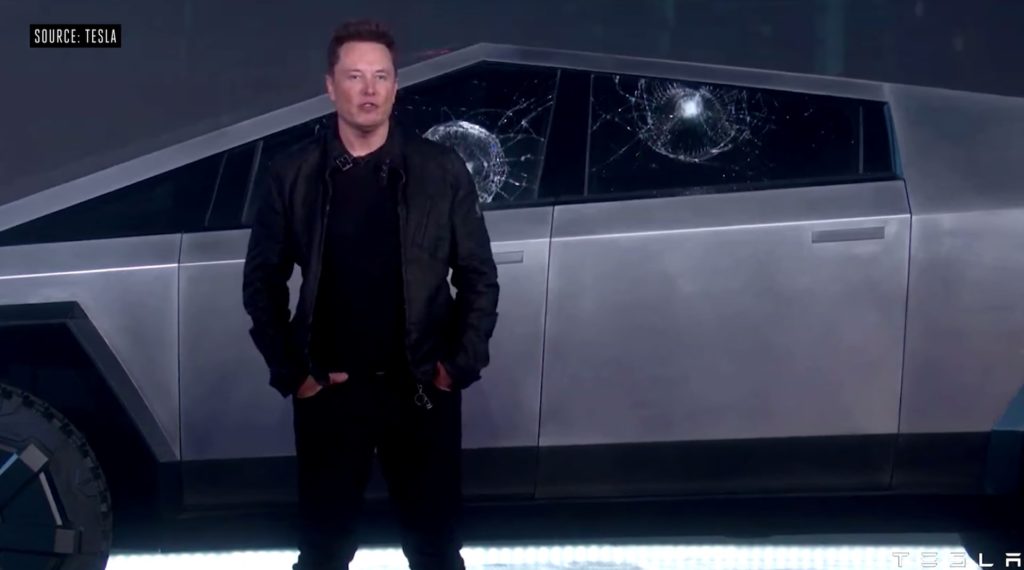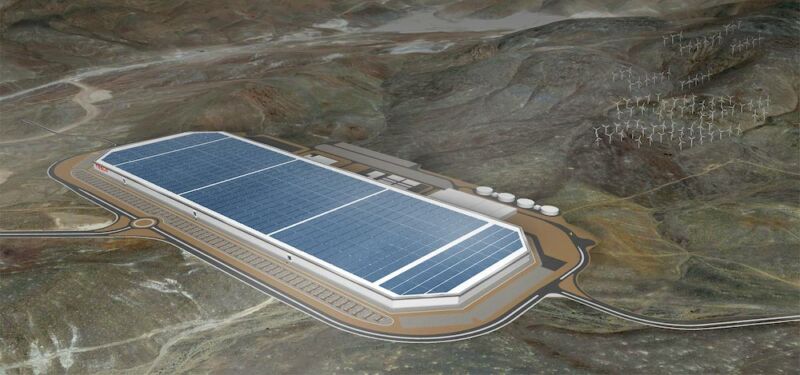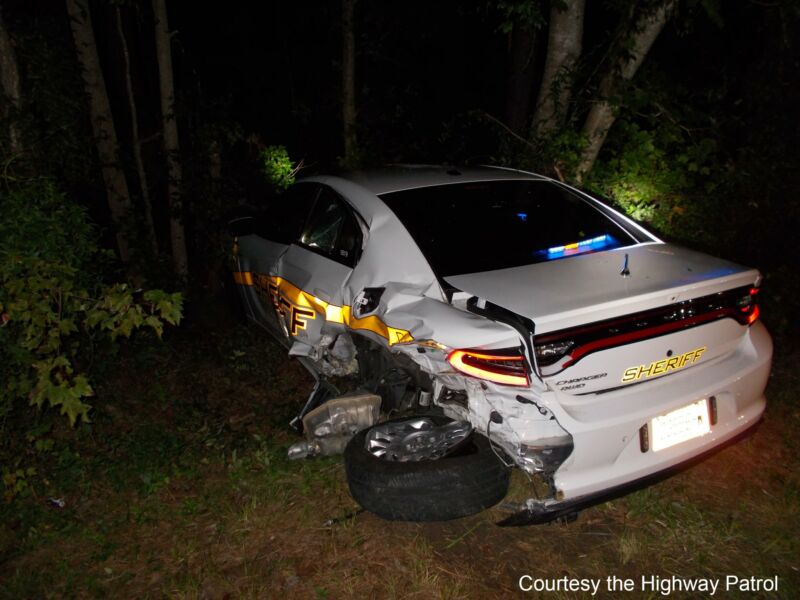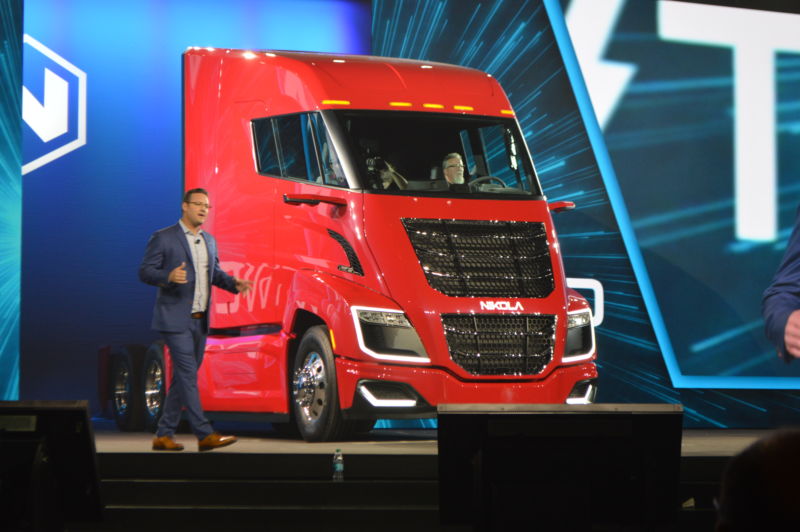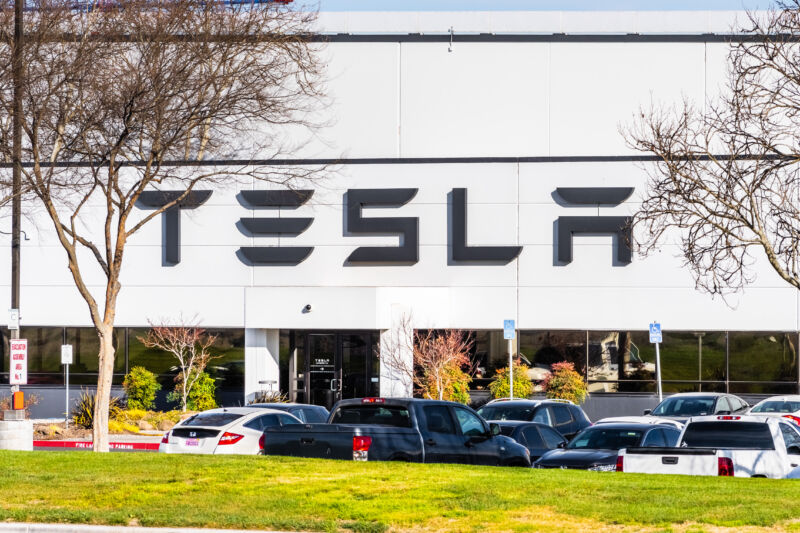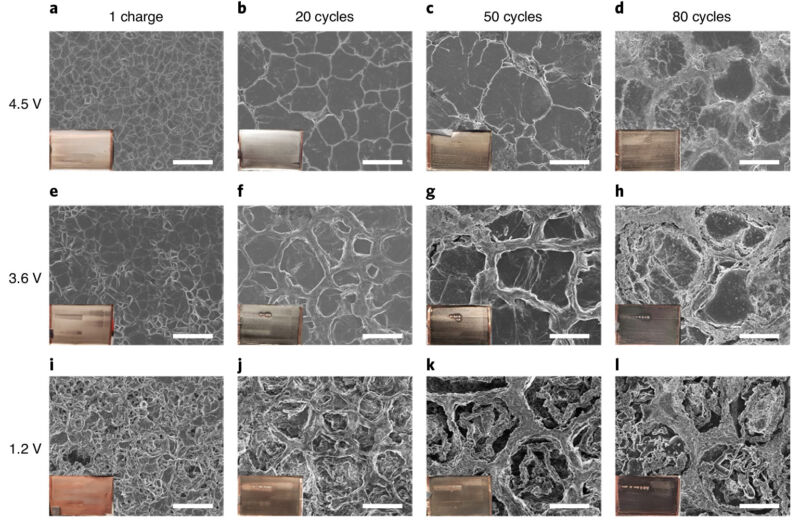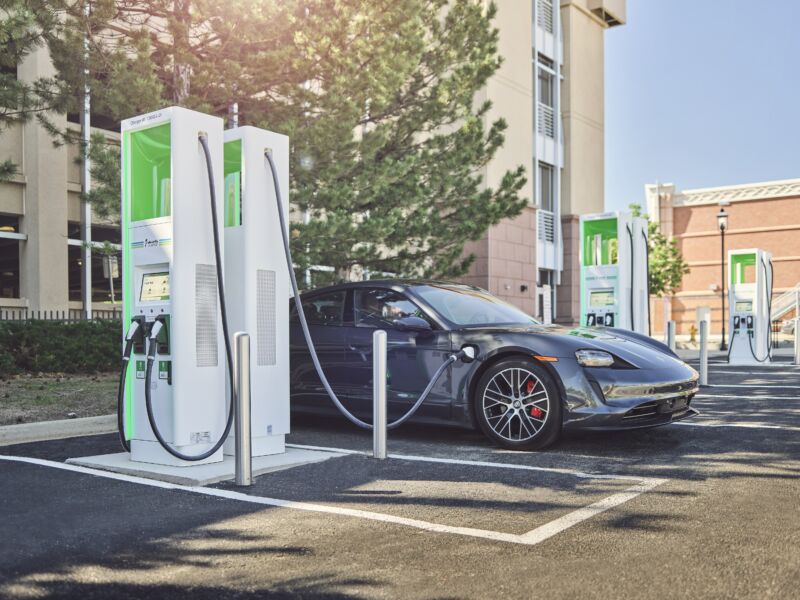
Enlarge / An Electrify America charging location in Colorado recharges a Porsche Taycan. (credit: Electrify America)
We measure electric vehicle batteries in kWh, so if you're paying to charge an EV, you'd probably expect to be charged by the kWh. And now, if you use an Electrify America charging station in one of 23 states or the District of Columbia, you'll be able to do just that, as the charging company has rolled out a new pricing structure. For the remaining 27 states that require customers to pay by the minute for the electricity they use, the company has simplified its plans and dropped its prices.
When Electrify America started rolling out the first phase of a $2 billion charging network in 2019, it did so with a complicated payment structure . When you plug an EV into a fast charger, as part of the handshake process, the car tells the charger the maximum level of power (in kW) it can accept.
Electrify America used this to determine how much you'd pay, with three different bands (0-75kW, 76-125kW, and 126-350kW), each more expensive than the previous. And as I discovered , it was quite possible to pay the higher fee even if your car sucked in power at a much lower rate during the charging session—the theoretical maximum kW value is what set the price. (In practice, OEMs like Kia have signed deals with Electrify America so owners get discounted or even free charging for several years.)
 chevron_right
chevron_right
